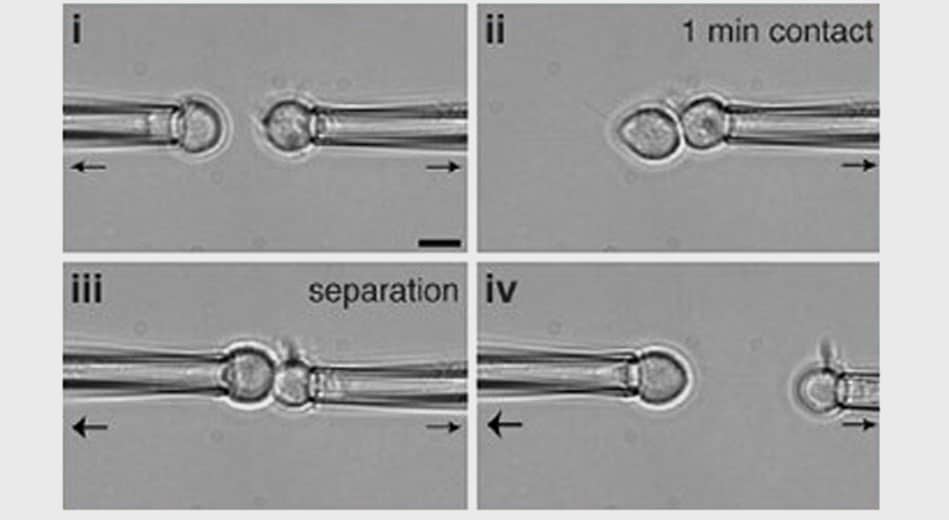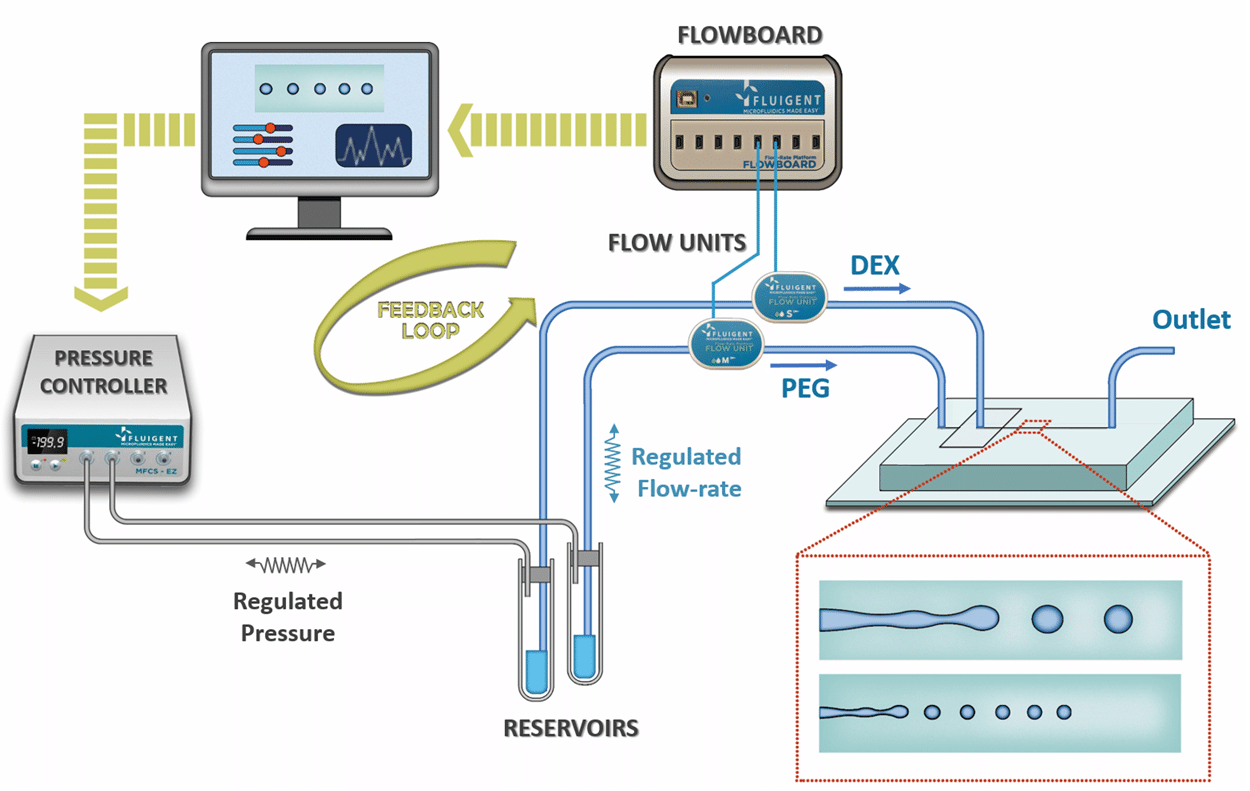Microbead-based microfluidics (droplet-based microfluidic using specific gel as dispersed phase) is a powerful technic which…

Microfluidics in one example
Every year, millions of individuals suffer from symptoms of pathogen related illnesses such as the flu, but microfluidics and new microfluidic chip technology may be able to decrease instances of these aliments.
Using chips anywhere from the size of microscope slides, to the size of quarters, researchers are developing a mechanism to read a patient sample and diagnose a variety of viral diseases in under an hour.
Currently, the RT-PCR laboratory test for flu diagnosis can take up to a week to deliver fairly accurate results. For severe cases of the flu, such as those during the 2009 H1N1 pandemic, a week without diagnosis can lead to unaggressive treatments as the virus advances further and worsens symptoms.
With microfluidic chips, a nasal sample can easily be taken from a patient and placed on a chip containing a network of intricate 3-dimensional tubing. These unique tubing designs resemble the environment a virus may encounter in the human body, such as the twists and turns of blood vessels.
By recreating the biological environment, a virus can be replicated within the chip, allowing an external reading device to recognize the virus’s genetic composition so a physician can make a proper diagnosis.
Microfluidics is a multidisciplinary field dealing with engineering, physics, chemistry, biology, nanotechnology, and biotechnology, among others. Basically, it will design systems in which small volumes of fluids will be handled. We used to describe it as hair scale plumbing. You can miniaturize your experience, and you will win time, money and reduce risk and volumes.
Picture from Heisenberg et al.



